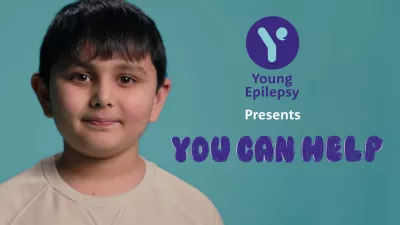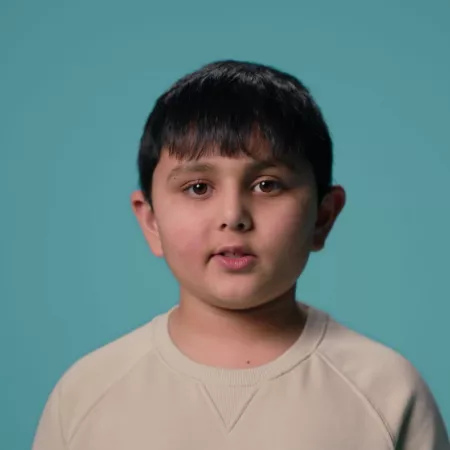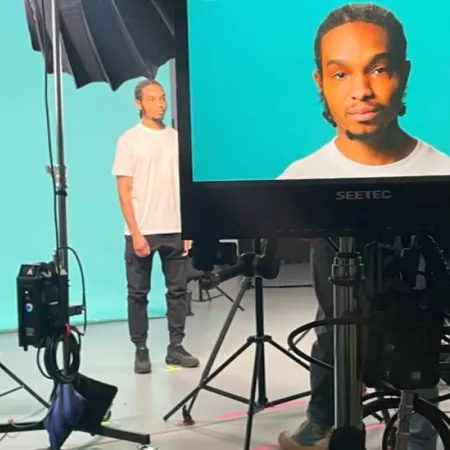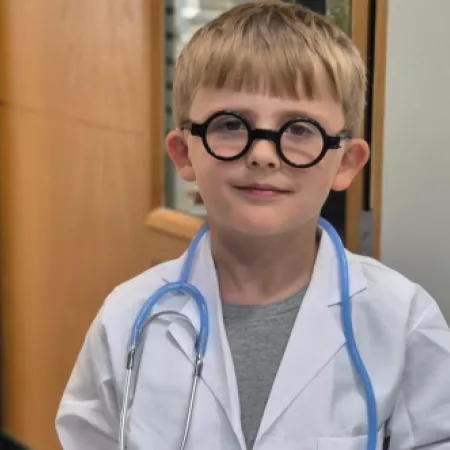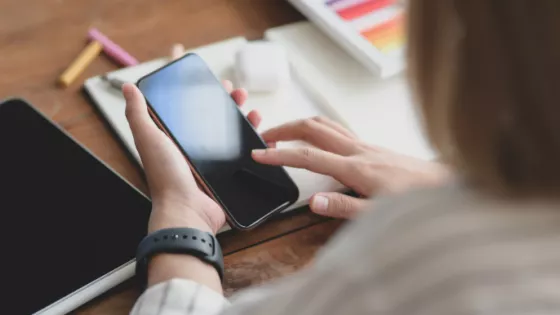As clinicians working with children and young people with epilepsy, we all know how vital it is to understand the lived experience, not just the clinical presentation. That’s why I’m excited to share a new series of short films from Young Epilepsy that offer something truly different, seizures as experienced and explained by the young people who experience them.
These films are not just another awareness campaign. They’re a practical, insightful tool created with and for young people, designed to improve understanding in all aspects of their lives. They show what seizures can really look like, how they feel, and what support actually helps.
Why these films matter
Despite our best efforts, epilepsy remains widely misunderstood. Too often, people - including those in schools and even some healthcare settings- - assume all seizures look like tonic-clonic events. But as we know, epilepsy is complex and highly individual. These films help bridge that gap in understanding by showing:
- That seizures come in many forms
- What to look out for in each type
- How to respond in a way that’s safe, respectful, and informed
They’re designed to make conversations easier - between young people and their medical teams, schools, families, and friends. And crucially, they help children and young people to advocate for the support they need.
How you can use these films in practice
Each film is just 2–3 minutes long and designed for mobile viewing—ideal for TikTok, Instagram, YouTube, or the Young Epilepsy website. You can:
- Share them with families during consultations
- Use them in training sessions or CPD
- Include them in school health briefings
- Recommend them to colleagues and carers
They’re a brilliant way to start conversations with young people about their own epilepsy and how they want to be supported.
Why this Is different?
As an epilepsy nurse, I’ve seen many resources over the years, but this series stands out. It’s not just clinically sound; it’s emotionally intelligent, youth-led, and designed to reflect the real-world experiences of children and young people. It’s a reminder that epilepsy care isn’t just about seizure control - it’s about understanding, respect, and inclusion.
I encourage you to explore the films and share them with the families you support. Let’s help young people feel seen, heard, and safe—and let’s show them that we’re listening.
▶️ Watch the full series at youngepilepsy.org.uk/youcanhelp
What’s in the series?
Each film focuses on a different seizure type and begins with a young person explaining their experience in their own words. The episodes cover:
Ep.7 Focal Impaired Awareness Seizures
The cast is diverse in age, ethnicity, identity, and ability, so every young person watching can feel seen and understood. The films use slow motion, animation, and special effects to bring seizure types to life in a way that’s clear, relatable, and clinically accurate.
What’s Next?
Young Epilepsy is developing a toolkit so children and young people can create their own seizure explainer videos - showing what their seizures look like, what recovery feels like, and how others can support them when it counts.


